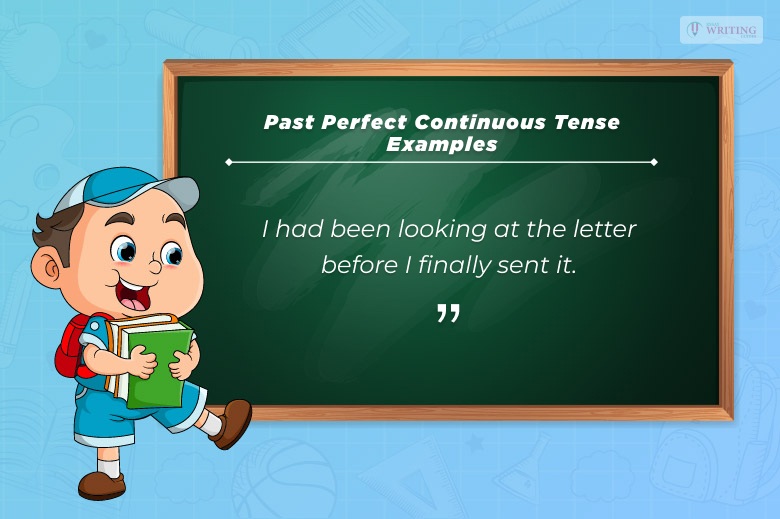I think that it is clear to you that each of the three tenses (past, present, and future) has four different subtypes. For example, past continuous tense stands for the “past to be in the past.”
I know that sounds a bit complex. This tense describes an action that started in the past and continued until another action in the past. This tense is also called progressive tense.
In this article, I will give you a complete and clear understanding of what past continuous tense stans for and how to use it. If you are confused, the present article should help you with it.
What Is Past Perfect Continuous Tense?

The past continuous tense describes an action that started in the past and continued until another time (also in the past). It is both similar to and different from the present perfect continuous tense. The similarity is that both are perfectly continuous. The present perfect continuous tense describes an action that started in the past and continued until the present time.
On the other hand, past progressive or past perfect continuous tense indicates an action that started in the past and was continued until another time in the past. Once you go through some examples, it will be easier to understand the past perfect progressive tense.
Past Perfect Continuous Tense Examples

Here are some examples of the past perfect continuous tense –
- I had been playing cricket yesterday when I saw her.
- She had been singing the song on the day of the performance before she performed it onstage.
- Somebody had been smoking cigarettes in the kitchen before I entered.
- I had been looking at the letter before I finally sent it.
- He had been playing cricket for five years before he was finally selected for the state team.
- They had been slaying dragons for three years during the king’s disappearance.
- You had been murdering vampires when I slept in my coffin.
- All the seven kingdoms had been obeying her as their queen.
Read more: What Are The 5 Letter Words With No Vowels?
Past Perfect Continuous Tense Formula

Here is the formula to construct past perfect progressive tense –
Subject+ had been + the verb’s present participle (root + ing) + object
You can construct past perfect continuous or progress tense using the formula displayed here. However, the position of the subject or the auxiliary verb in this tense, can change when constructing negative or interrogative sentences.
Here are some examples of past perfect progressive tense –
| Subject | Had | Been | Main verb + Ing | Rest of the sentence |
| They | had | been | working | in the field |
See how the construction changes for negative and interrogative sentences.
| Sentence Type | Subject | Had | Not | Been | Main verb + Ing | Rest of the sentence |
| Affirmative | He | had | been | singing | in the band | |
| Negative | She | had | not | been | paying | attention in the class |
| Interrogative | Had | you | been | drinking | alcohol? | |
| Interrogative Negative | Had | not | he | been | crying | all right? |
I think you have gone through the structure of past perfect continuous tense and how it differs for negative and interrogative sentences. However, further changes are visible through a contraction.
Read more: Top 10 Types Of Writing Styles – The Best Guide
Contraction With Past Perfect Continuous
We try to simplify a sentence when we are speaking. When we are using this tense for writing informally, we get used to contraction. Below you can see how to use past perfect continuous tense for informal writing.
- I had been – I’d been
- He had been – he’d been
- she had been – she’d been
- we had been – we’d been
- It had been – it’d been
- They had been – they’d been
Final Words
So, that was the formula of past perfect continuous tense. If you want to learn to construct sentences in Past perfect continuous tense, you have to follow these rules. You can follow more examples and break them down to better understand this tense. The examples I provided in this article should be able to help you.
Did you find this article helpful? If you did, please let us know through the comment. Also, if you have any further queries, you can use the comment box.
Read Also:
- Greatful or Grateful? Correct Spelling for your Thank You Note
- Which One Is Correct: I Seen It or I Saw it? Seen vs Saw Examples
- “Truely or Truly” – What is The Difference Between Truely and Truly?
